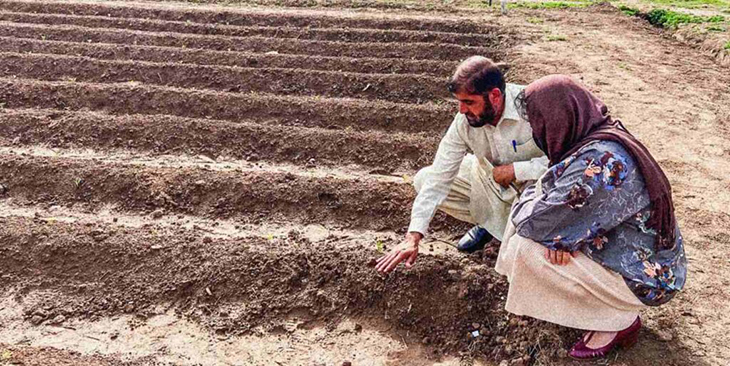
If only there was an easy way to understand when plants needed to be watered… oh wait! There might actually be a solution. An agricultural company has found to a way to ‘translate’ biochemical signals that are related to particular plant behaviors, which allows farmers to ‘listen’ to plants as they cry out for water when they’re thirsty or parched.
This new method, which is called GrowStream, has the ability to reduce water use in any type of system, from a beautifully trimmed and manicured lawn, to the most rural vegetable farms in North Africa. And when compared to drip irrigation systems that uses a similar type of idea, it has the ability to lessen water use by 30 to 50%, transforming the methods and science behind irrigation, especially with issues of warmer climates, water shortages, and longer droughts.
Called Responsive Drip Irrigation or DRI, this company has created a watering system that installs tubes below the earth that are filled with pore-like depressions called micropores. When the plants start to get thirsty, they make chemicals in their roots, which the micropores can detect. When this occurs, the system then releases a water drip that will continue to release water until it notices that the plants have had enough.
In an area near Abu Dhabi in the United Arab Emirates, farmers are managing to grow vegetables in the middle of the desert, which made DRI win startup of the year for 2019 at the Global Forum for Innovations in Agriculture. Meanwhile in Pakistan, near the drier areas around Islamabad, the system has helped them grow vegetables like tomatoes and bok choy that ‘were grown 81% faster and twice as large, respectively, than with regular drip irrigation.’
So far, DRI is being used in at least 14 countries, from areas in rural Zimbabwe to huge lawns and fields in Utah and Los Angeles within the United States.
One of the biggest obstacles that’s stopping RDI from transforming the entire farming industry is that many farm lands already have their own established methods of irrigation that companies have paid enormous amounts of money to build. This makes it hard to convince farmers to make such a big and costly change, especially in areas like California where they not only have had their irrigation systems in place for years and years, but also because their systems are already linked to a number of farm lands and orchards ‘like a spider’s web.’
Despite these challenges, the founder of Responsive Drip Irrigation, Jan Gould, told Fast Company, “wherever there’s an issue with water scarcity and food security, we want to be there.”
What are your thoughts? Please comment below and share this news!
True Activist / Report a typo


